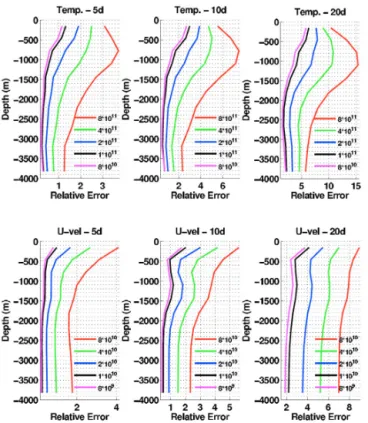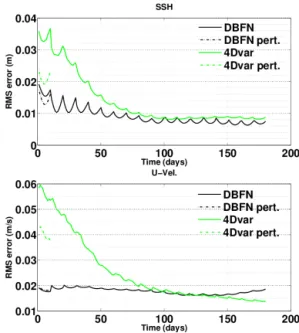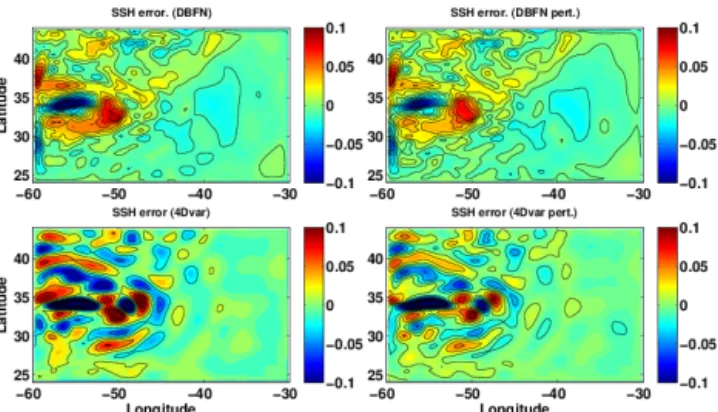Data assimilation experiments using diffusive back-and-forth nudging for the NEMO ocean model
Texte intégral
Figure




Documents relatifs
تايآ ىمسأ مدقت يضمن نأ لبقو سدقأ اولمح نيذلا ىلإ ةبحملاو ريدقتلاو نانتملااو ركشلا ةايحلا يف ةلاسر ةفرعملاو ملعلا قيرط انل اوديم نيذلا ىلإ
The goal of this paper is to prove some theoretical results and convergence properties in the particular case of transport equations, either viscous or inviscid, either linear
We determine the energies and many- body wave functions of the electronic quantum Hall droplet with up to N = 80 electrons as a function of the total spin, angular momentum,
We show that for linear dynamical systems with skew-adjoint generators, the initial state estimate given by the back and forth nudg- ing method with colocated feedback, converges to
Figure 1 : Synthèse des travaux de recherche passés, en cours et projets. − Le premier sujet d'application a débuté par la conception d'un outil générique de visualisation de
Noting that, here, we deal with a dissipative system together with noisy measurement, we choose the second alternative in this paper. Throughout the following paragraphs, we
This procedure is usually fast and it has been proven to be robust for observations with the High Band Antenna (HBA) system of the Low Frequency Array (LOFAR; van Haarlem et al.
One step of the BFN algorithm consists of solving first the model equa- tion, in which a feedback to the observation solution is added, and then the same equation but backwards in


